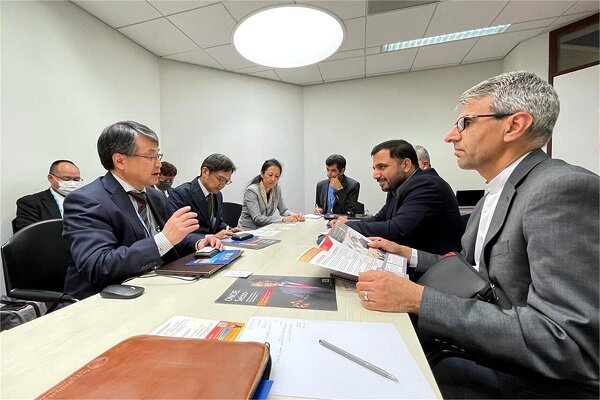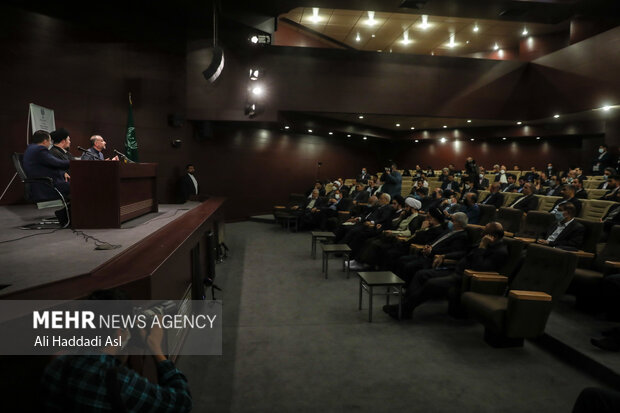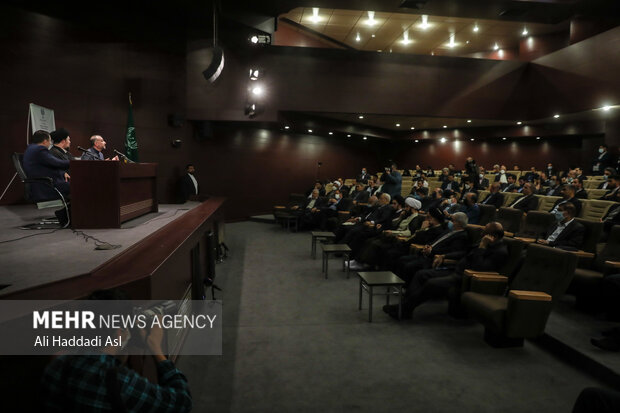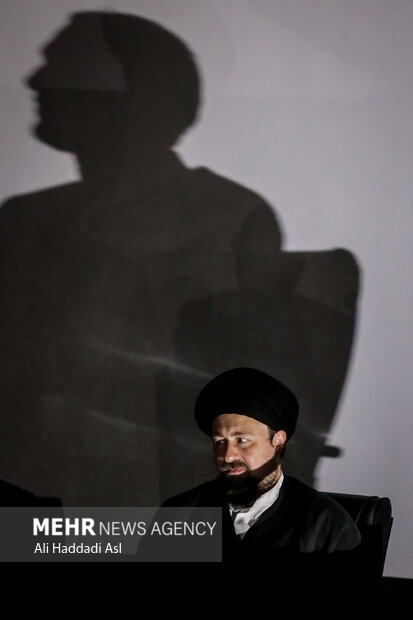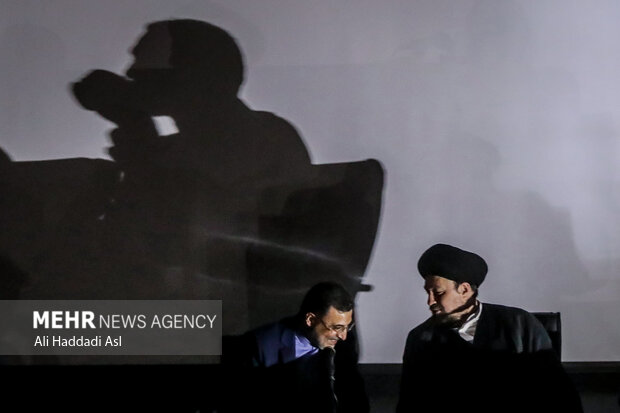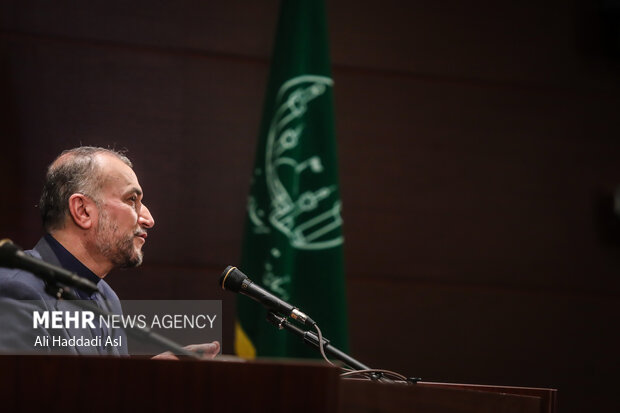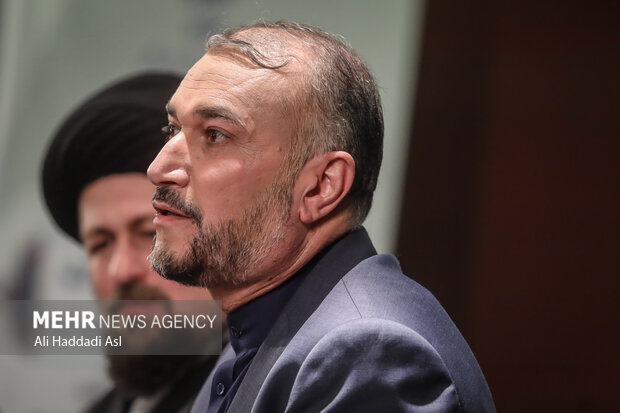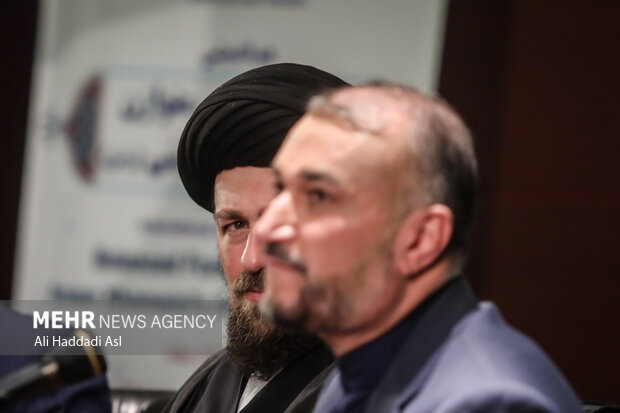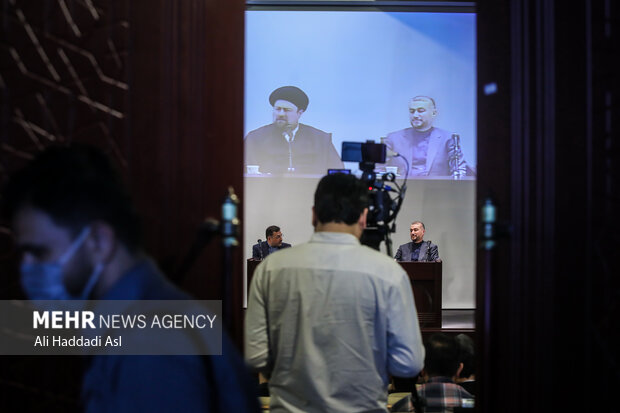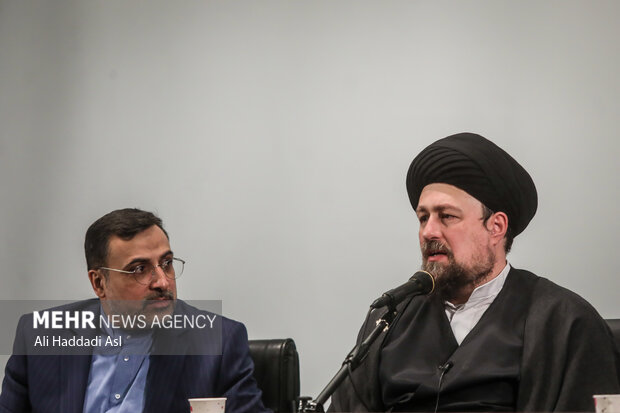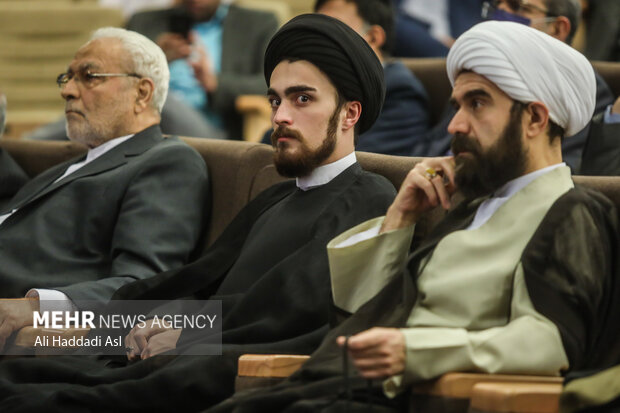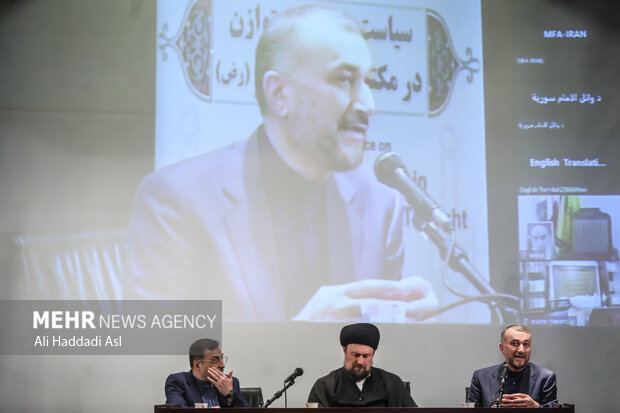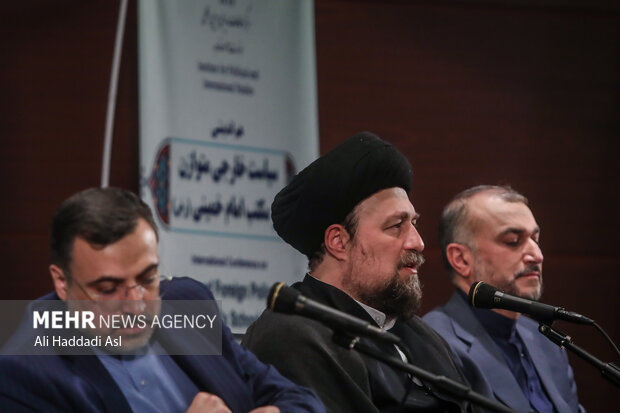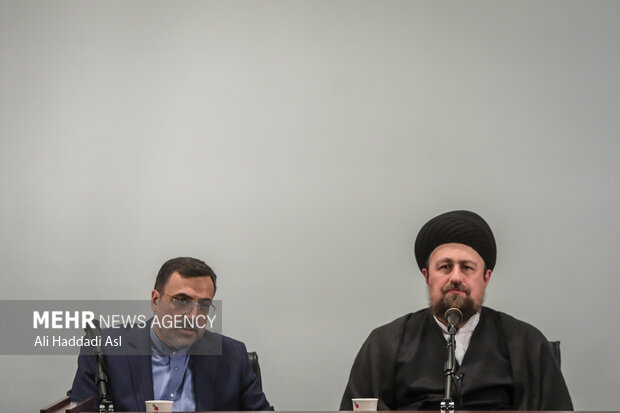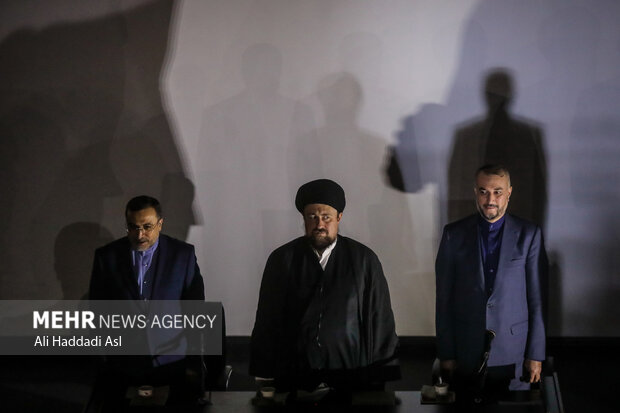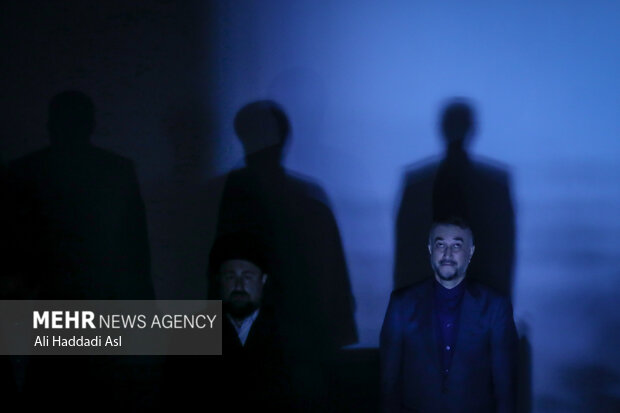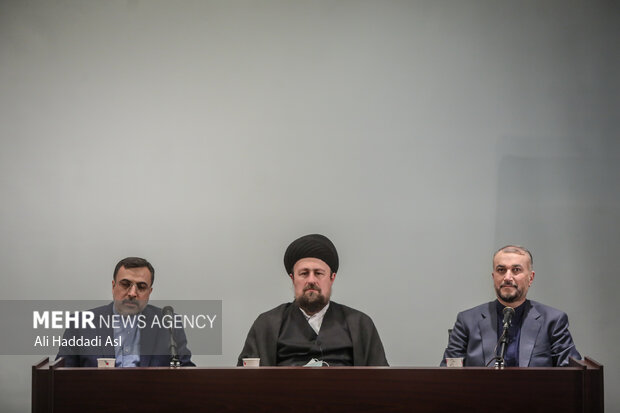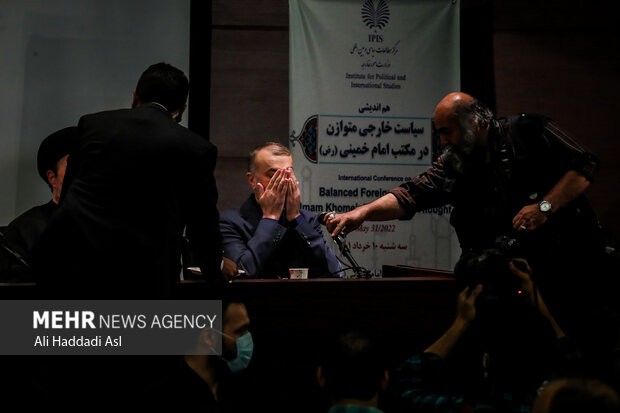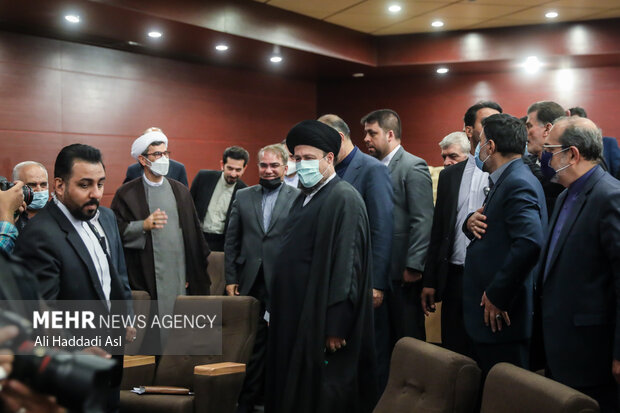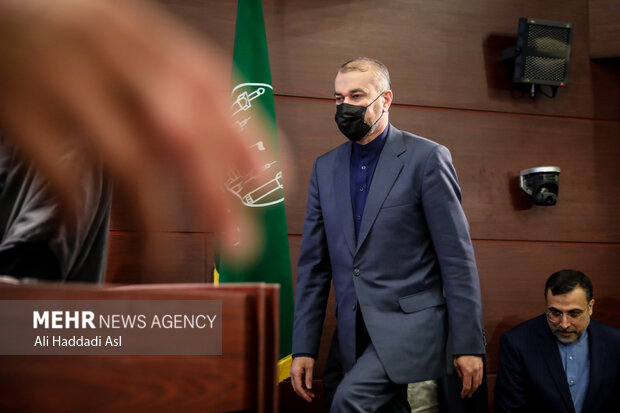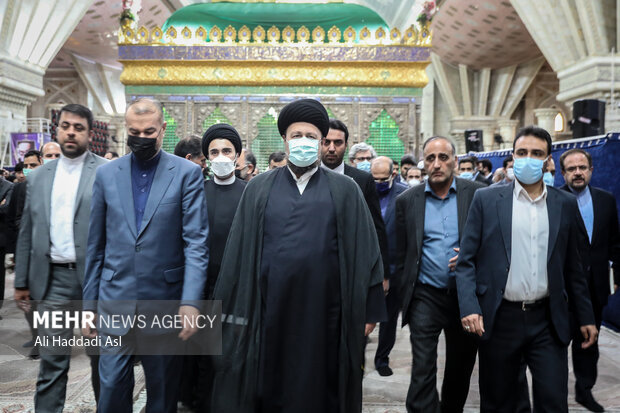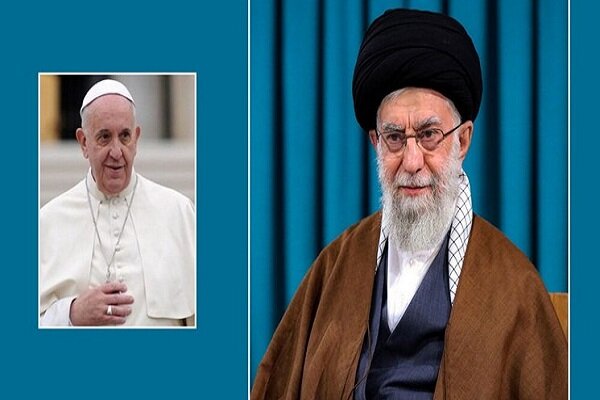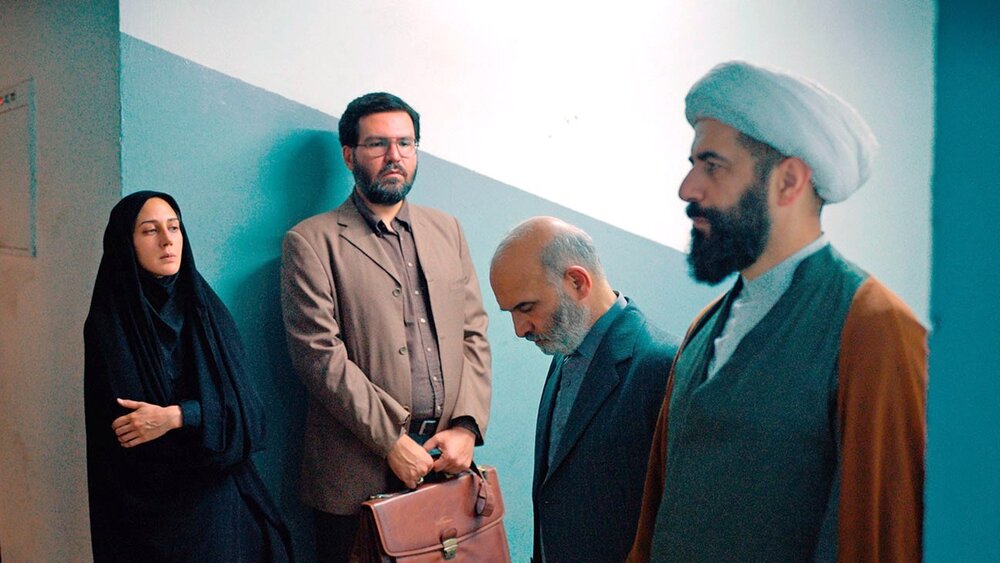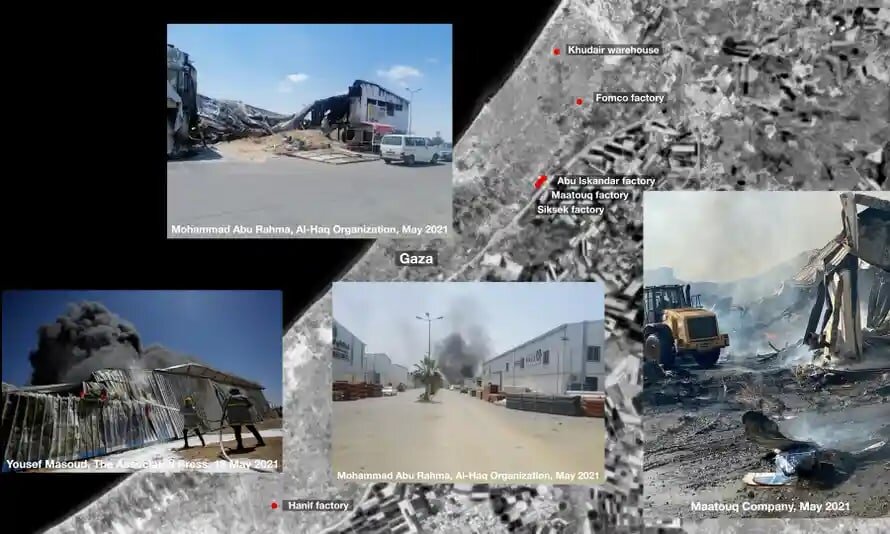A prominent rights group has released the findings of its investigation into a “deliberate” Israeli attack on a warehouse storing agricultural and pharmaceutical products amounting to the “indirect deploying of chemical weapons.”
The revelations by Palestinian human rights group Al-Haq follows its extensive 18-month-long probe on the Israeli strike, which the NGO says has left local residents struggling with health problems.
On the evening of 15 May 2021, which coincided with the 73rd anniversary of the al-Nakba, the Israeli occupation forces bombed the Khudair Pharmaceuticals and Agricultural Tools Company in Beit Lahiya, the largest agricultural chemical warehouse in Gaza.
The regime forces is said to have fired artillery shells at the warehouse in the north of the besieged coastal enclave, setting hundreds of tons of pesticides, fertilizers, plastics, and nylons on fire.
The Khudair Warehouse stores around 50 percent of all vital agricultural chemicals used in the besieged strip.
The targeted attack caused a toxic cloud that engulfed an area of 5.7 square kilometers and leaving locals struggling with health issues that include reports of miscarriages as well as indications of environmental damage.
The lengthy report by the respected organization internationally and the leading NGO providing evidence to the International Criminal Court in The Hague investigating Israeli war crimes and crimes against humanity analyzed both the attack and its impact,
The large-scale investigation involved analysis from munitions and fluid dynamics experts, using 3D modeling of the warehouse to determine the circumstances of the attack. Al-Haq also analyzed mobile phone and drone footage and CCTV plus dozens of interviews with residents.
Legal experts have concluded from Al-Haq’s findings that while conventional weapons were used in the bombing, “the shelling of the warehouse, with knowledge of the presence of toxic chemicals stored therein, is tantamount to chemical weapons through indirect means. Such acts are clearly prohibited… and prosecutable under the Rome Statute of the international criminal court”.
Chris Cobb-Smith, a munitions expert, has been quoted as saying by the NGO “there is no military justification for [advanced smoke projectiles] to be used here. It is inherently inaccurate and unsuitable for use in an urban environment.”
It is also the first publication by Al-Haq’s recently established forensic architecture investigation unit, a first-of-its-kind collaboration in West Asia with Forensic Architecture, the research agency based at Goldsmiths, University of London, which carries out analysis for international human rights cases.
Al-Haq and Forensic Architecture worked closely together to create a newly established Forensic Architecture Investigation Unit for the NGO’s investigation.
This investigation marks the launch of Al-Haq’s
In 2019, the international criminal court (ICC) opened an investigation into possible war crimes committed by Israeli forces in the occupied Palestinian territories.
During the eleven-day war last May, Israeli forces killed 256 people in the besieged Gaza Strip while retaliatory attacks by the Palestinian resistance left 14 Israeli settlers dead.
Al-Haq said the strike on the Khudair warehouse was the first in a series of attacks “deliberately targeting Gaza’s economic and industrial infrastructure. About half a dozen other factories and warehouses had also been systematically bombed.”
Eight weeks after the attack on the agrochemical warehouse, Esra Khudair who lives with her husband and two children 40 meters away from the site suffered a miscarriage in the fifth month of her pregnancy.
Her husband, Ihab, says “for months the smell was unbearable, like a car engine mixed with burnt oil, sewage, and cooking gas, so of course, we knew it could be harmful,”
“I have had skin rashes since and so have most people here. We washed the house five times, and the furniture, but the smell stayed. It was like an oil on the walls… eventually in the winter the rain washed a lot of it away from the rubble of the warehouse.” he said.
Ihab adds “we are worried for our health now. One of my cousins, who is only 19, and my aunt also, got cancer recently and we think it is related to what happened here.”
Al-Haq says the warehouse is composed of six rooms totaling 2,700 square meters and is surrounded by Palestinian homes and agricultural fields.
The precise circumstances of the strike were initially unknown as none of the CCTV videos the NGO sourced contained an accurate timestamp.
Seeking time indicators, the rights groups conducted shadow analysis to determine the approximate time of the attack.
It then synchronized the videos to determine the timing of events and established the time of the first canister to hit the site at around 5:46 pm, likely from the south-east.
The group says this was followed by a second canister three seconds later, and at 5:48 pm, four other canisters followed.
It identified three of these canisters in the interior of the warehouse landing inside Room 1 and Room 4. By 5:56 pm, a plastic stockpile opposite to the south entrance caught fire, and a minute later another fire started inside Room 4.
Photos of munition collected from the site by the Palestinian Center for Human Rights show the remains of cylindrical canisters, around 15cm in width.
Al-Haq says the dimensions and the smoke tail match the M150 Smoke HC 155mm ammunition developed by the Israeli regime’s weapons manufacturer Elbit Systems: an ‘advanced smoke projectile’ and a new type of shell designed to splinter into five separate canisters, all of which emit high-density smoke.
Cobb-Smith explained that M150 artillery is designed to create smoke screens to mask troop movement. However, on May 15 there were no reported occupation forces on the ground in Beit Lahiya. Cobb-Smith added that “there is no military justification for the M150 to be used here.”
In total, the fire affected over fifty tons of hazardous chemicals stored on the site.
Fluid dynamics expert Dr. Salvador Navarro-Martinez measured the concentration and spread of the hazardous chemicals stored in the warehouse for Al-Haq. He explained that the air concentration of some of the chemicals crossed Acute Emergency Levels or AEGL.
Areas hundreds of meters away from the warehouse had sulfur dioxide and phosphorus pentoxide concentrations of above AEGL-2, indicating a high risk of ‘irreversible damage to human health.
Navarro-Martinez further stated that:
“When exposed to several chemical substances at the same time, as with the fire at this Warehouse, toxic emissions have the potential to amplify each other’s impacts.”
In the face of an all-out blockade since 2007, the Gaza Strip’s water, sewage, and electricity infrastructure have all but collapsed, leaving at least two million residents struggling to deal with increasing levels of air, soil, and water pollution in what the international community describes as the world’s largest open-air prison.
Al-Haq, which operates in Gaza and the occupied West Bank, has also come under attack from the regime. Last year, the NGO was one of six leading civil society and human rights organizations working in the occupied Palestinian territories which Israel designated as a terrorist organization.
The decision has been widely condemned by the United Nations, western governments, and prominent international organizations such as Amnesty International.
In a statement, Rula Shadeed, the head of Al-Haq’s monitoring and documentation department, said “without our professional documentation based on legal standards [Palestinians] cannot call for accountability and justice. Introducing new methodologies to enhance and complement the standard documentation and presentation of our work is very crucial.”
“We are very proud that despite the illegal attacks and difficult times Palestinian civil society is facing, we still manage to continue and advance in our work, due to our strong belief in the importance of exposing the violations against our people and to hold perpetrators accountable,” Shadeed added.
Despite the regime’s pressure tactics, Al-Haq says it will continue monitoring and documenting Israeli war crimes and apartheid.


